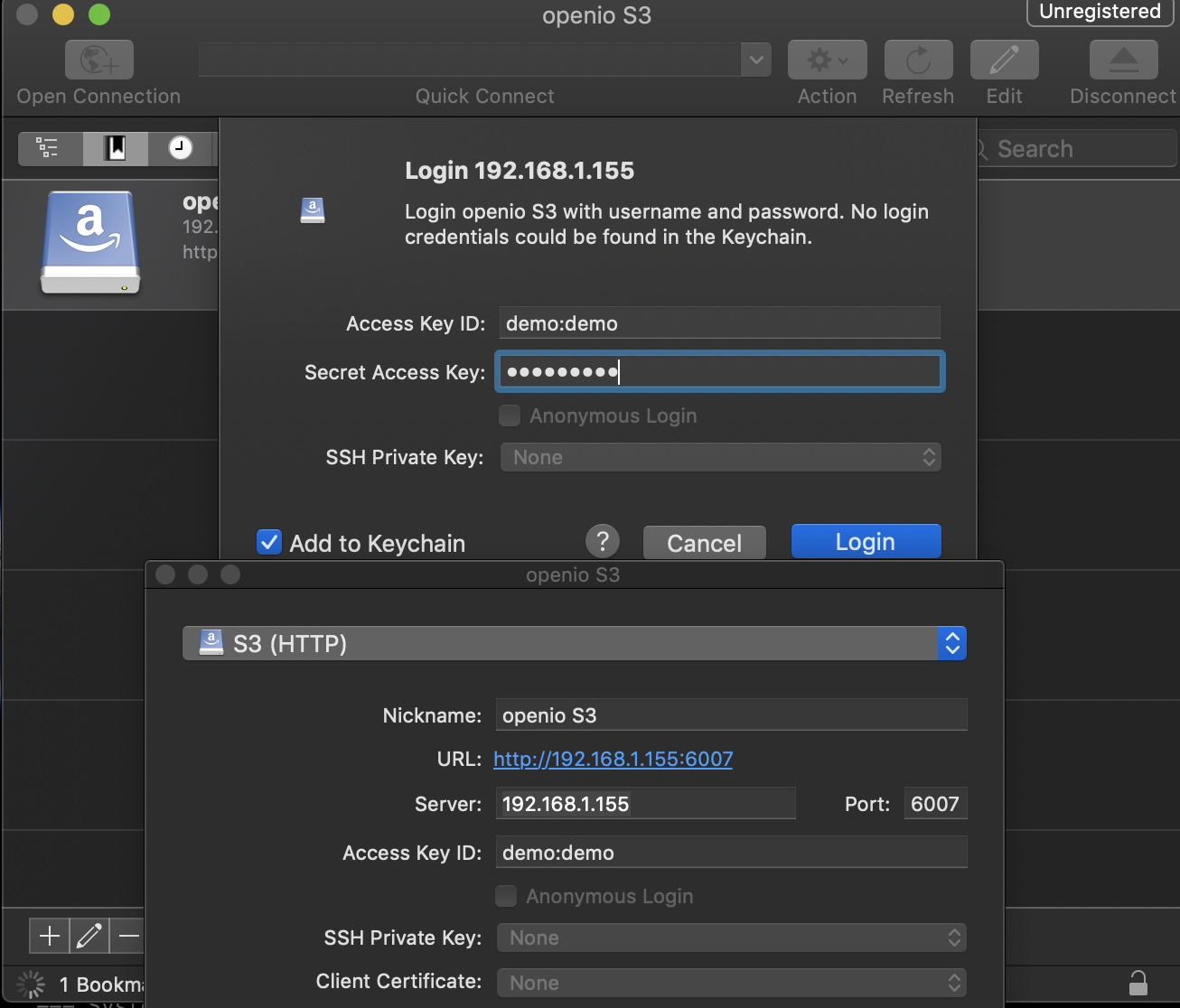


Although both are popular for sharing and storing data remotely, they work differently. The FTP and SFTP protocols were designed to transfer files, while Amazon S3 buckets were designed to store objects. First, we’ll set up an FTP server in AWS Transfer Family and transfer internally, and then we’ll use either a client like FileZilla or a third-party service such as to synchronize with the AWS S3 bucket. In this guide, we’ll walk you through three different ways to FTP/SFTP access an AWS S3 bucket. So how can you use the best of both worlds? How are FTP/SFTP protocols designed to transfer files with Amazon S3 buckets, object-based storage? Having access to a cloud-based Amazon S3 bucket storage that works well with different transfer protocols can be all you need. But on the other hand, times are changing public cloud storage brings new opportunities and innovation. SFTP is easy to use, works well with CLI, is free, runs anywhere, and can be configured with automation.

They have been using this protocol for a while. The significant majority of IT pros trust SFTP.


 0 kommentar(er)
0 kommentar(er)
